Rakshabandhan Through The Ages
- August 2, 2020

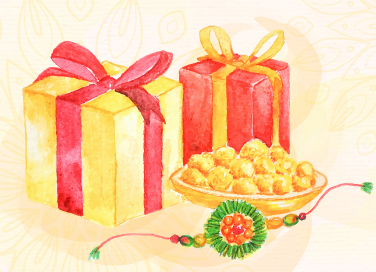
Rakshabandhan Through The Ages
- August 2, 2020
By Samyukhtha Sunil
Raksha Bandhan is celebrated across the country to acknowledge the divine and inseparable bond between siblings in the Indian subcontinent. The name is derived from two Sanskrit words; Raksha signifies the protection the brother promises to his sister, and Bandhan indicates the irreplaceable bond between them. A sacred thread called a rakhi is tied by the sister around the brother’s wrists as a symbol of their bond.
While the tradition of Raksha Bandhan can be traced back to many Puranic tales, Indian history also has interesting legends associated with this festival.
To receive more such stories in your Inbox & WhatsApp, Please share your Email and Mobile number.
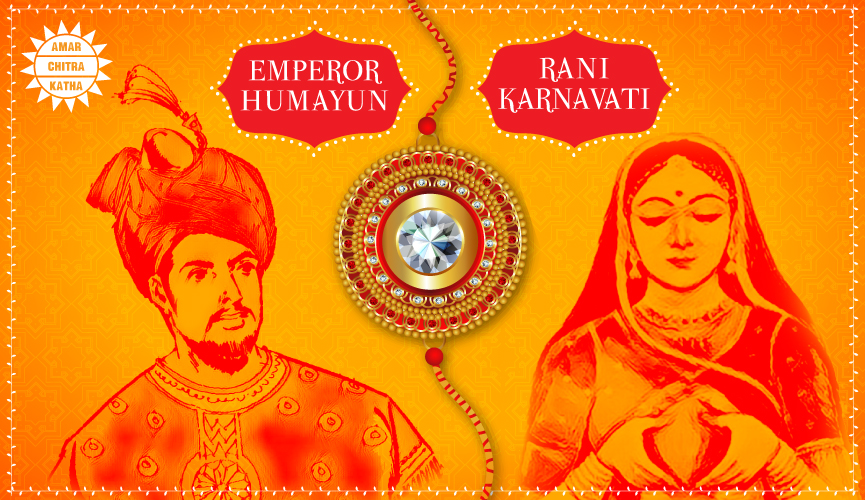
Post the death of her husband, Rana Sanga, Chittor’s Rani Karnavati took over the reins of the kingdom under the name of her elder son, Vikramjeet. The fear of a possible invasion had begun to make rounds within the kingdom, and sure enough, soon, Bahadur Shah of Gujarat attacked Mewar for the second time. With hopes to garner support from other kingdoms, the Queen wrote a letter to Mughal emperor Humayun, attaching a rakhi with the letter.
Previously, In 1527, Rana Sanga and his men had faced Humayun’s father, Babur, in battle, with Babar walking away the victor. However, Humayun was so overwhelmed by Karnavati’s gesture that he decided to help the queen defend Mewar at all costs. Unfortunately, by the time Humayun reached Chittor, Karnavati had already immolated herself by practising jauhar, a custom that now stands abolished. Humayun later recaptured the kingdom and restored it to Vikramjeet.
When Alexander the Great invaded India in 326 BCE, his wife Roxana feared for her husband’s life. Feeling helpless, she resorted to sending a rakhi to King Porus, the ruler of the Pauravas, requesting him not to harm her husband. In the battle of Hydaspes fought on the banks of the river Jhelum, it is believed that the rakhi on his own wrist reminded Porus of the promise. Ultimately, he refrained from attacking Alexander, losing the battle in the process. Still, Porus managed to gain immense respect from Alexander who made him the governor of his own kingdom.
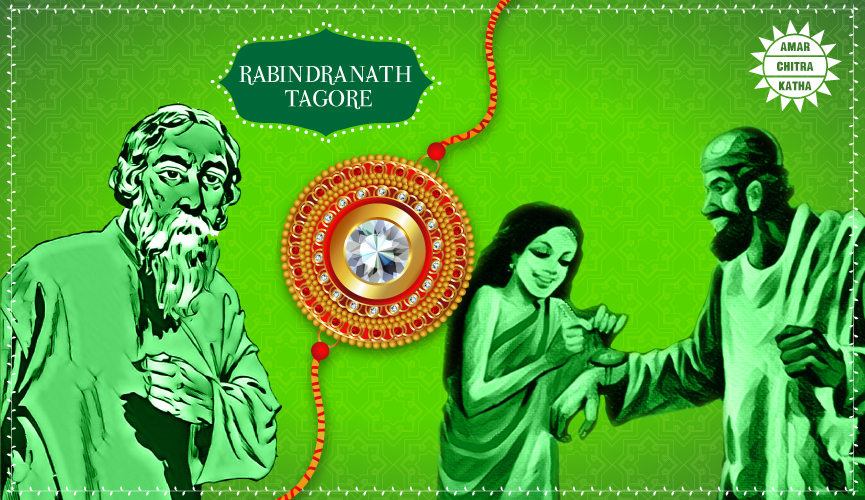
During the partition of Bengal in 1905, Nobel laureate Rabindranath Tagore was strongly moved by the symbolism of Raksha Bandhan. Tagore began a series of Rakhi Mahotsavs to bring Hindu and Muslim Bengalis together to celebrate togetherness. His message was intended at unifying and appreciating brotherhood among fellow countrymen, while collectively fighting against the larger enemy, the British.
The love in my body and heart
For the earth’s shadow and light
Has stayed over years.
With its cares and its hope it has thrown
A language of its own
Into blue skies.
It lives in my joys and glooms
In the spring night’s buds and blooms
Like a Rakhi-band
On the Future’s hand.
Raksha Bandhan today
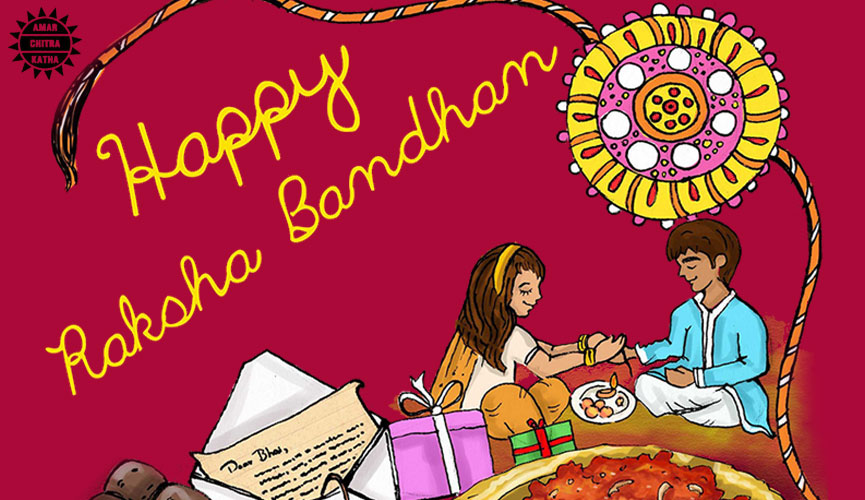
The festival is still celebrated with the same fervour and enthusiasm of years past, but its rituals and traditions have undergone a drastic transformation influenced by technology and migration over the years. Indians view the festival as an occasion for the entire family to gather and celebrate as one large unit. Sisters eagerly look forward to gifts that will be given to them by their brothers, who, in turn, are treated to sweets often prepared by their siblings.
How many of these incidents did you know about? Share them with a sibling, friend and a family member in the spirit of the festival! Happy Raksha Bandhan, everyone!
To receive more such stories in your Inbox & WhatsApp, Please share your Email and Mobile number.
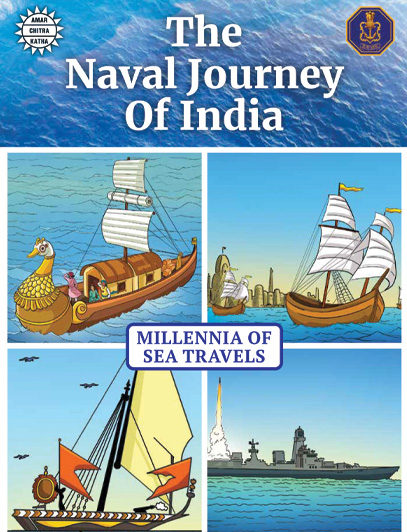
Comic of The Month
The Naval Journey of India Book I
This book is the first of a three-book series that takes a deep and detailed look at India's Naval History and a deep insight into the lives of our men and women in white. But any series on the Indian Navy has to start at the very beginning - exploring India's celebrated maritime history. Join our little hero, Bharat, and his grandfather, Commodore Sagar, as they sail into the deep blue waters of time. Book I of The Naval Journey of India takes a sweeping look at India's maritime endeavours, how the seas impacted us over millennia and how the oceans made us who we are.